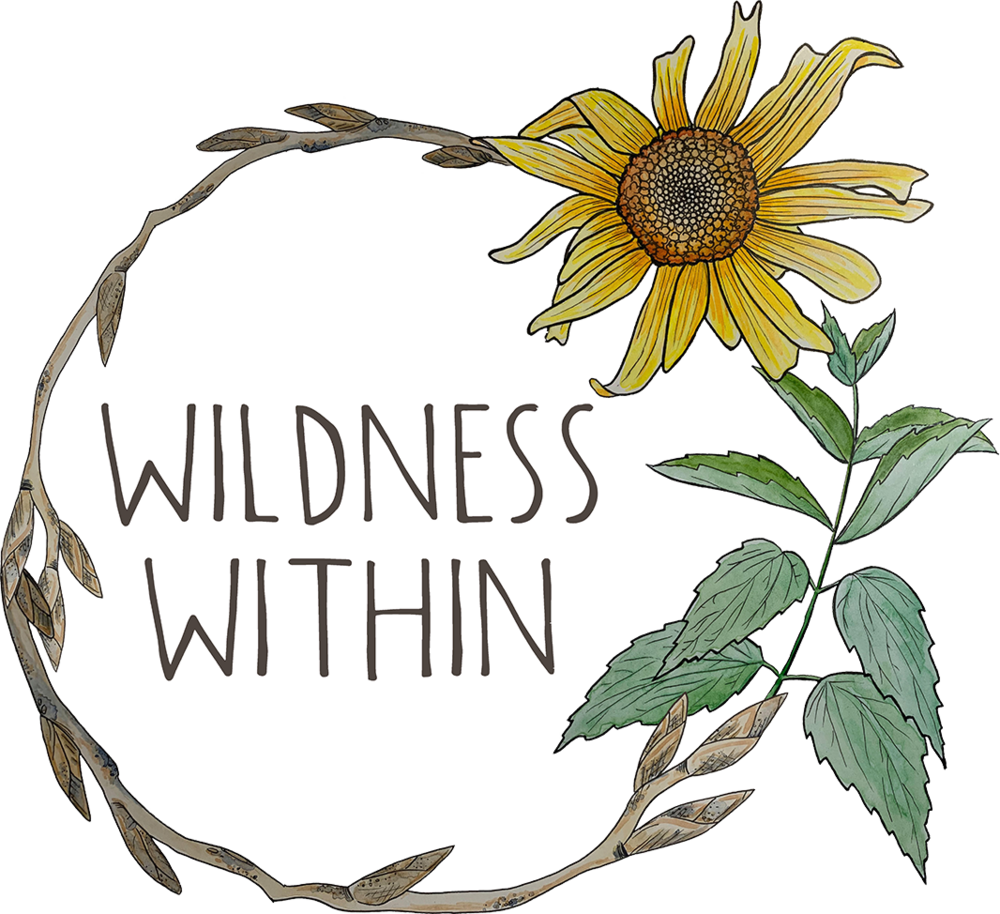Common Names: Leopard’s Bane, Heartleaf Arnica, Broadleaf Arnica, Mountain Arnica
Botanical Name: Arnica cordifolia, A. latifolia, etc.
Plant Family: Asteraceae, Composite Family
Parts Used: Flowers
Actions: Anti-Inflammatory, Nervine, Vulnery
Habitat: Broadleaf and Heartleaf Arnica can be found in WA, OR, ID, MT, AL, NV and BC. Both species are found in higher elevation forests and subalpine forests. I find a great yield on the eastern side of the Cascade Mountains in Washington. I couldn’t express habitat and collection any better than the wonderful Michael Moore:
“If you get up in the high mountains in early or midsummer, find small yellow sunflowers with opposite leaves, growing in colonies, that are downy, sticky, or somewhat aromatic when crushed, you got yourself some Arnica.” –Medicinal Plants of the Pacific West
Collection: Arnica flowers should be harvested right when they begin to bloom. This tends to be mid-June to early-July in the PNW. Yet, year 2016, arnica flowers were blooming at the beginning of May. With that said, bloom time can be anywhere between May-July and I would be on the look-out sooner rather than later.
One great trick of harvesting can be applied for arnica. That is: when the flowers are past its prime at a low elevation, go to a higher elevation or a Northern facing slope and you may be right on cue with collection time.
In my experience, arnica flowers are best infused on site of harvest. If you are changing elevation or the flowers begin to dry, they rapidly turn into seeded puff balls that are a sneezy irritation.
Arnica Medicine:
Whenever I think of Arnica, I think of my Omi (my grandmother) reflecting on her time as a young girl in Lithuania. She always said how her mother would have her go out to the fields and collect Arnica. The flower was used for bruising, sprains and strains. Some plants’ remedies don’t seem to change…
Bruises/Sprains/Hyper-extension
Arnica helps stimulate and dilate blood vessels. It helps blood transportation and circulation into injured, bruised or inflamed tissues. This helps speed up the healing process by removing waste and congestion that occurs with bruising/spraining/straining/bumping. Ultimately, moving
Arnica activates the macrophages in the blood vessels. Macrophages are big white blood cells that perform the cleaning and digestion in injured tissues. The stimulation of the macrophages can have a negative effect for rheumatoid arthritis because it might increase inflammation and dilation of blood vessels that are already over-exaggerated. This is not always the case, but if you notice a skin reaction, pain or increased inflammation, stop use.
Use Arnica externally. Do not use on broken skin. The whole plant is toxic if ingested and should not be taken internally unless in homeopathic remedy. The homeopathic arnica helps with trauma from an injury.
**I have used 2 drops (put onto my hand before mixing with water to make sure I had exactly two drops) of Arnica tincture internally for severe pain and to help aid muscle/tissue recovery. Since I do not have any blood or heart conditions, this tincture was safe and effective in helping improve my body from the inside out after a traumatic injury...**
Photos by Rachael Witt
Arnica Remedies:
Oil, Salve, Cream, Liniment (you can even use rubbing alcohol to extract)




